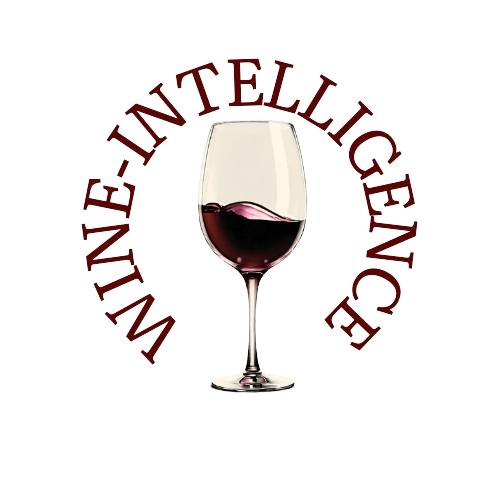A recent study titled Enodata 2025, supported by the Institut Català de la Vinya i el Vi (Incavi), offers an in-depth analysis of how Catalan wineries use social media today.
Drawing data from company profiles that posted at least once in the past 12 months, the study sheds light on usage patterns, platform preferences, and opportunities for growth across the region’s wine producers.
Instagram Leads the Digital Cellar
Instagram emerges as the most widely used and best-rated platform, with 100% of surveyed wineries actively maintaining a profile. It is praised for its visual appeal and reach, achieving an average rating of 8.3/10—the highest among all nine platforms analyzed.
- 78% of wineries attribute increased brand awareness to Instagram.
- 62% report gaining new customers through the platform.
Despite its popularity, wineries are not fully capitalizing on its capabilities:
- Only 46% link their Instagram to an e-commerce site.
- A mere 24% use the direct booking button.
- 65% neglect the use of specific hashtags to optimize discovery.
Freixenet holds the top spot in terms of followers (76,427), while El Xitxarel·lo boasts the highest engagement rate (4.25%).
Facebook: Familiar, Yet Secondary
Once dominant, Facebook now plays a supporting role to Instagram, though it remains widely used:
- 98% of wineries maintain a Facebook page.
- 81% posted at least once in the last year.
- 71% primarily repost Instagram content without tailoring it for the platform's distinct audience.
Despite its reduced significance, wineries like Familia Torres (999,000 followers) and Freixenet (607,000) still command massive audiences.
WhatsApp and Google My Business: Direct but Powerful
Though not traditionally seen as social media, WhatsApp and Google My Business are viewed as essential tools for communication and sales, especially for small wineries.
- 95% use WhatsApp for bookings, customer service, and even sales.
- Google My Business is favored for its visibility on Google Maps and ease of access to contact information, reviews, and directions.
Twitter (X): From Contender to Casualty
X (formerly Twitter), once second only to Facebook in 2016, has seen a dramatic fall. Now in eighth place, it suffers from neglect and abandonment:
- 88% have an account, but 41% no longer use it.
- Low engagement and poor ROI are cited as key reasons for this drop.
Notably, major brands are absent from the top ten most-followed winery accounts on X, signaling a broader industry trend away from the platform.
TikTok: High Hopes, Low Usage
Despite its viral potential, TikTok remains marginal in the Catalan wine scene:
- Only 22% of wineries are active on the platform.
- The platform is seen as skewed toward a younger, non-wine-drinking audience, with ethical and legal concerns surrounding alcohol content for minors.
LinkedIn: For Trade, Not Tourism
LinkedIn retains a strategic B2B value, used for engaging with importers, distributors, and industry professionals. However, it lacks traction in wine tourism and direct consumer engagement, making it non-essential for most wineries.
YouTube: A Missed Opportunity
YouTube is acknowledged as a valuable tool for immersive content—like virtual tours, interviews, or food pairings—but remains underutilized.
The study encourages wineries to adopt the storytelling formats already embraced by hospitality and gastronomy sectors, positioning video content as a future frontier for wine communication.
Strategic Takeaways
The Enodata 2025 report underlines the growing sophistication in how Catalan wineries approach social media, yet it also exposes gaps in strategy and underused tools.
Key insights include:
- There’s still considerable room for improvement, particularly in Instagram’s e-commerce integration and hashtag use.
- Facebook, while easier to manage, should not be treated as a mere content recycling tool.
- Alternative platforms like YouTube and TikTok require greater creativity and commitment to bear fruit.
As digital habits evolve, Catalan wineries that invest in platform-specific content strategies and prioritize interaction over mere presence will be best positioned to thrive in the years ahead.
Source: WineNews
